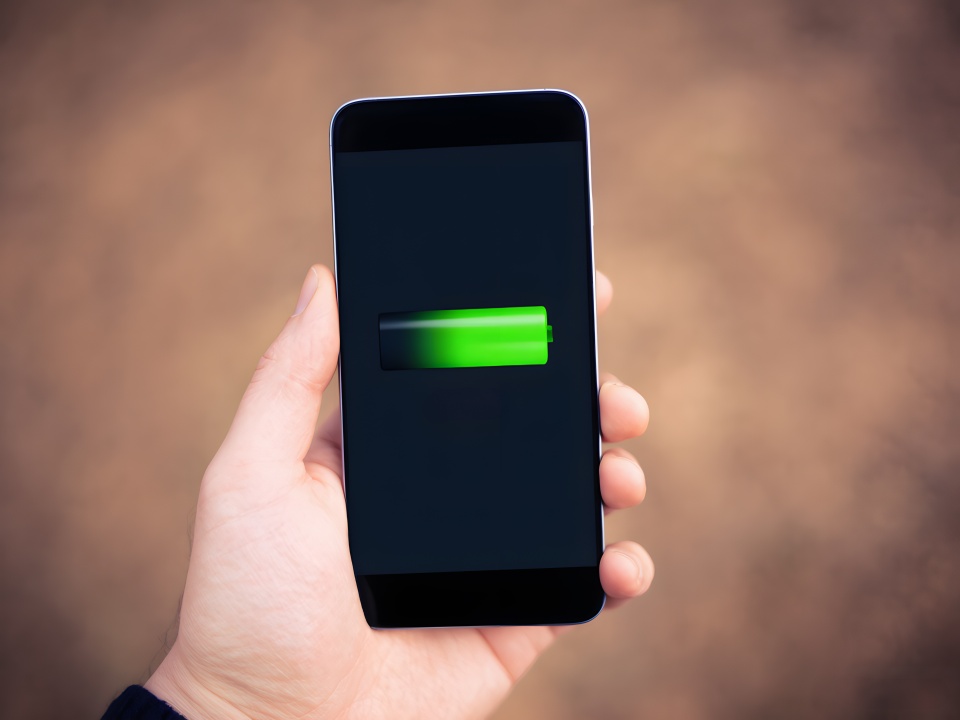For professionals and heavy device users, having a high-wattage charger is not just convenient — it’s essential. These powerful chargers ensure your laptops, smartphones, and tablets are ready whenever you need them. This guide will help you understand why high-wattage chargers are crucial for power users, key features to consider, and top choices like the Anker Prime 100W GaN Charger.
Why Power Users Need High-Wattage Chargers
Fast Charging for Heavy-Duty Devices
Devices like laptops, tablets, and flagship smartphones require significantly higher power to charge efficiently. High-wattage chargers meet this demand by providing fast charging for these heavy-duty devices. Instead of waiting hours, power users can enjoy rapid charging speeds that keep their devices ready for work, gaming, or content creation without frustrating downtime or power interruptions.
The Role of Wattage in Charging Efficiency
Wattage directly affects the speed and efficiency of device charging. A charger with higher wattage output provides the necessary power to support demanding devices like large-screen laptops or high-capacity tablets. For power users, this means faster charging cycles and less time tethered to a wall outlet, improving productivity and supporting uninterrupted device usage throughout the day.
Common Scenarios Where High Power is Essential
Power users often face situations where quick charging is non-negotiable. Whether working remotely, traveling for business, gaming intensively, or managing creative projects on the go, high-wattage chargers deliver consistent power across multiple devices. These scenarios highlight the need for reliable chargers that handle laptops, smartphones, tablets, and even accessories, all without compromising speed or safety.
Key Features to Look for in a High-Wattage Charger
Power Output and Multi-Device Charging
Always check the power output when selecting a charger. High-wattage chargers should provide sufficient power for all your devices, even when charging simultaneously. Chargers like the Anker Prime 100W GaN Charger allow users to power a laptop, smartphone, and tablet at once. This feature simplifies charging setups and eliminates the need for multiple bulky adapters.
Port Types: USB-C vs. USB-A
USB-C ports generally support higher power delivery and faster charging speeds than traditional USB-A ports. Many modern laptops and smartphones now rely on USB-C for charging and data transfer. However, having both USB-C and USB-A ports in your charger ensures flexibility, allowing you to connect older devices without extra adapters, offering better compatibility across your gear.
Safety Features: Overcharge, Overheat, and Surge Protection
Safety should always be a top priority when dealing with high-wattage charging. Look for chargers equipped with overcharge, overheat, and surge protection. Anker’s ActiveShield™ 2.0 technology, for example, constantly monitors temperature and power output to prevent damage to your devices. These safety measures protect your valuable electronics from unexpected malfunctions or dangerous power spikes.
Portability and Compact Design
For power users on the go, portability is key. A high-wattage charger should offer a compact and lightweight design without sacrificing performance. Foldable prongs, minimal size, and sleek construction — as seen in the Anker Prime 100W charger — make these chargers easy to carry. Compact chargers ensure convenience whether you’re traveling, commuting, or working remotely.
How to Choose the Right High-Wattage Charger for Your Needs
Matching Wattage to Your Devices
Before choosing a charger, always confirm the wattage requirements of your devices. High-wattage chargers like the Anker Prime 100W provide enough power for most laptops and fast-charging smartphones. Matching the charger’s output to your devices prevents undercharging issues and ensures optimal charging speeds, making your setup more efficient and reliable every time you plug in.
Deciding Between Single-Port and Multi-Port Options
Consider how many devices you need to charge at once. If you use multiple gadgets daily, a charger with multiple ports is more practical. Multi-port chargers help reduce clutter and allow simultaneous charging. Products like the Anker Prime 100W GaN Charger offer dual USB-C and one USB-A port, providing flexibility for different devices without compromising speed.
Evaluating Brand Reputation and Warranty
Choosing a high-quality charger from a reputable brand ensures reliability and safety. Established brands like Anker provide strong warranties and responsive customer support. A 24-month warranty, such as the one offered with the Anker Prime 100W charger, offers extra assurance. Trusted brands typically invest in higher safety standards, better materials, and consistent performance for long-term satisfaction.
Top High-Wattage Chargers for Power Users: Anker Prime 100W GaN Charger
The Anker Prime 100W GaN Charger excels with its high performance and thoughtful design. It delivers up to 100W of power across two USB-C ports and one USB-A port, allowing you to charge a 14-inch MacBook Pro to 50% in just 30 minutes. The charger features foldable prongs and a compact, travel-friendly shape. With Anker’s ActiveShield™ 2.0 protection and a robust 24-month warranty, it provides safe, fast charging for power users who rely on multiple devices daily. The durable design and smooth grip finish make it an excellent choice for on-the-go professionals.
Conclusion
For power users who depend on fast, efficient, and safe charging, high-wattage chargers are an essential investment. Look for key features like high output, multiple ports, safety protections, and portable design. Whether you’re charging a laptop, tablet, or your iphone charger, the Anker Prime 100W GaN Charger stands out as a reliable, high-performance choice. Stay powered up anytime, anywhere, and keep your productivity at its absolute peak throughout the day.
Emily Henry writes for UKWritings Reviews and Write My Research Paper. She writes articles on many subjects including writing great resumes. Emily is also an editor at State Of Writing.






